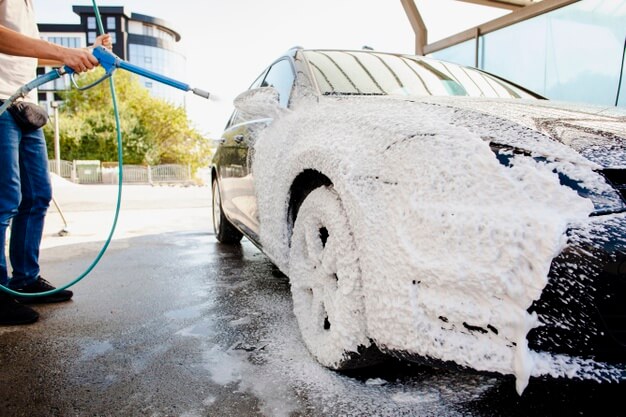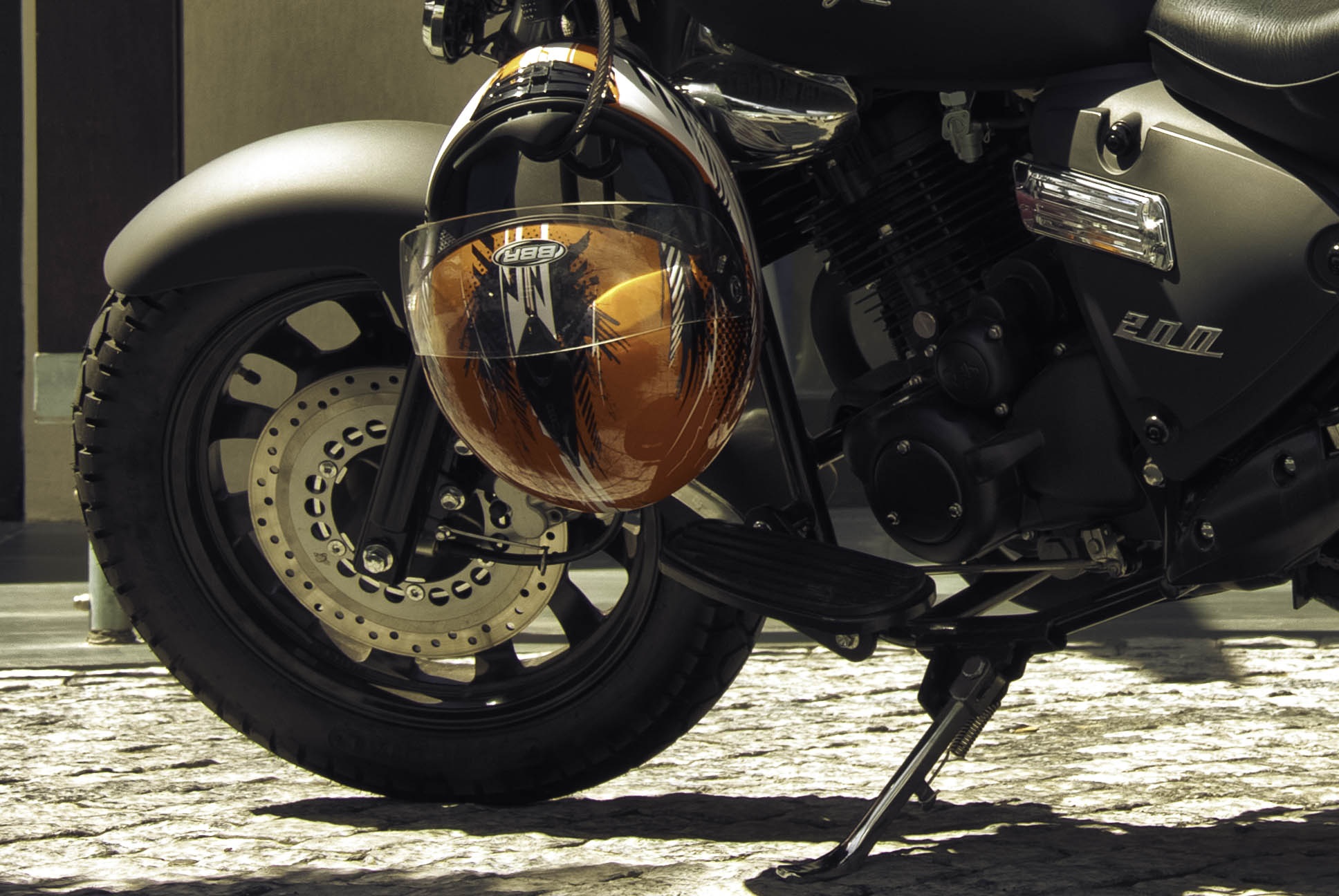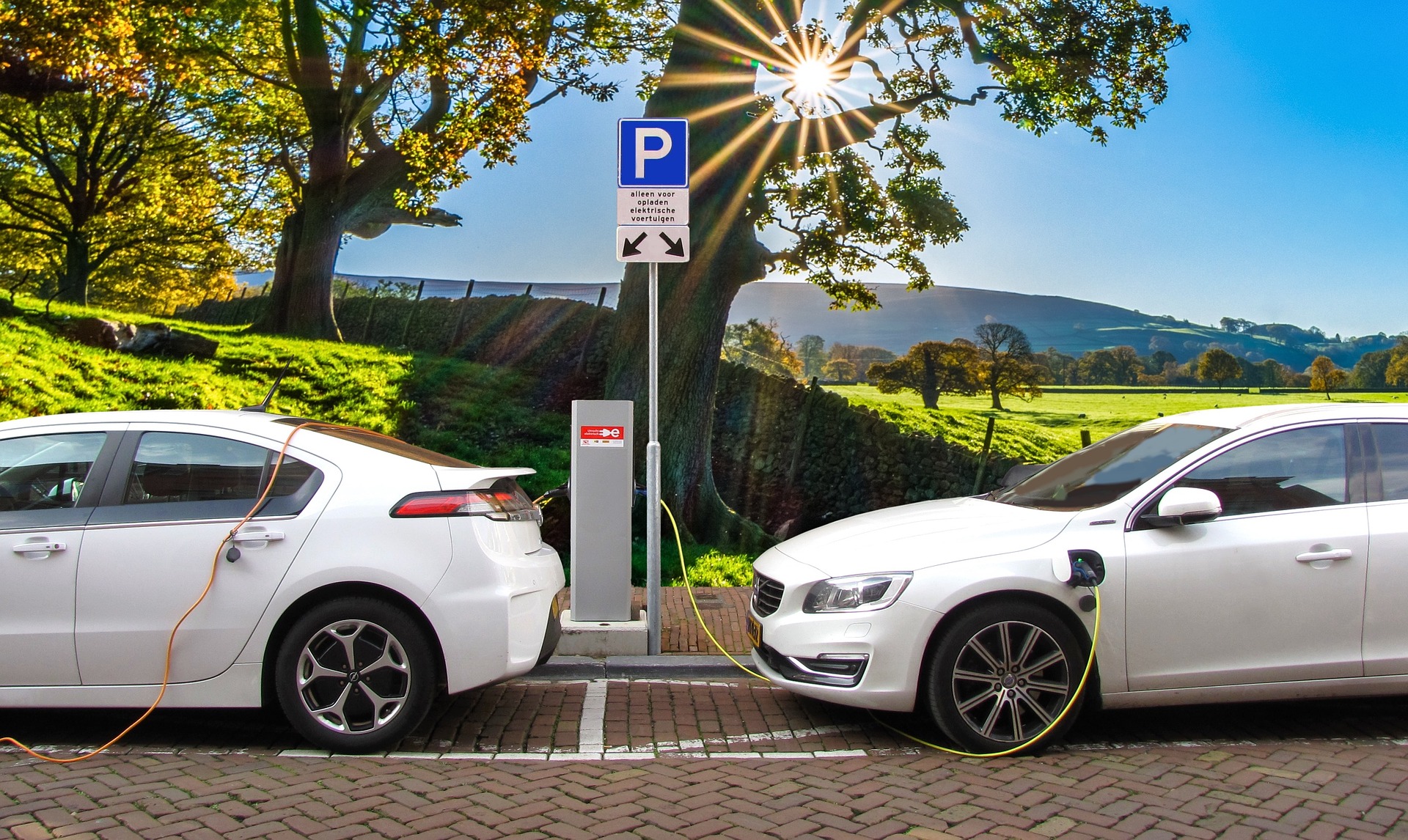There are many benefits to washing your car on your own. For one, it will save you money. For another, automatic car washes may actually cause some tiny damages to your car that you may not notice immediately; car wash employees may also not be as careful as you when washing your car. Washing your car on your own also allows you to give your vehicle a once-over that may reveal small problems, which you can then resolve ASAP.
The problem with DIY car washing is that many people are used to some practices that may actually be damaging to your car. To help you become a car-washing pro, here are some do’s and don’ts that you have to keep in mind.
Contents
Do A Pre-Wash Shower :

This is an important step, since this dislodges stubborn dirt, mud, sand, and other debris, giving you an overall easier time washing. Loosening these particles will also prevent scratches on the paint job since you don’t have to “dig” before you can get them off.
Do: Use the Right Soap :
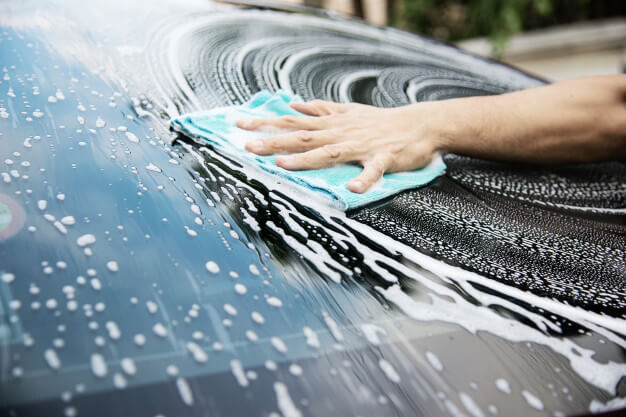
Dish detergents are formulated to strip grease from your plates and cookware. Laundry detergents are meant to loosen dirt and stains from fabrics. So why do some people think that it is okay to use these soaps on cars? The chemicals in these detergents are harsh enough to strip off the wax of your car and may even damage the paint. There are specially formulated car soaps/shampoos — these are the ONLY things that you should use to lather up and wash your car.
Do: Wipe with Microfiber Cloths :
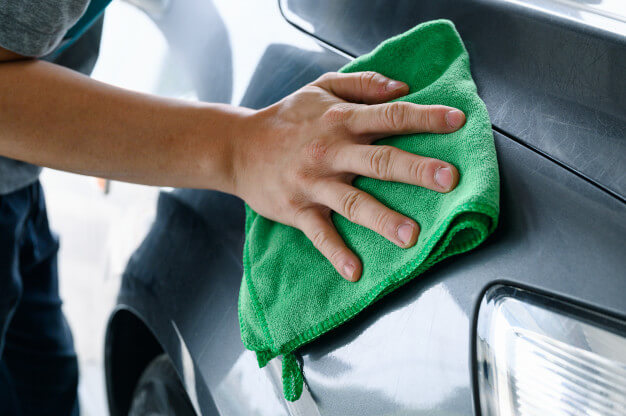
Sponges and other clothes are made of fabrics that may be too abrasive to your car’s paint. Make sure to use microfiber towels for your car for both soapings up and drying your car after a thorough rinse. Microfiber cloths are designed to lift dirt away from the surface, so they don’t scratch while you are scrubbing. They are also much more absorbent compared to other fabrics, so you will be able to dry your car much faster. Make sure to use separate cloths for washing and drying.
Do: Dry Everything Completely :
Make sure that you dry everything, down to the last nooks and crannies. These include door hinges and handles, windshield wipers, side mirrors, and the underside of the hood. Incomplete drying can cause condensation, rust, and gunk build-up, which can result in both superficial and mechanical damage to your car. You can use microfiber towels to dry many of these parts; for tight corners and spaces, there are squeeze blowers you can use to remove water.
Don’t: Wash Under the Sun :

Properly cleaning your car means keeping it wet throughout the process, drying it only when it has been rinsed completely. This won’t be possible if you wash your car under direct sunlight since it will heat up the metal and cause the water and soap to dry quickly and leave spots on the body, windshield, and windows. Wash your car in the shade or during the early evening to prevent this from happening. You should also wait for your car to cool down first before washing it.
Don’t: Apply Products Directly :
Don’t apply any kind of product directly onto your car. The rule is to always dilute first (if the instructions say so), then apply it onto a cloth, and only then should you’re applying it on your car. Microfiber cloths are again ideal for this purpose. You should also use overlapping circular motions when applying wax or polish to make sure you cover every inch of the car.
Don’t: Use Just One Bucket :
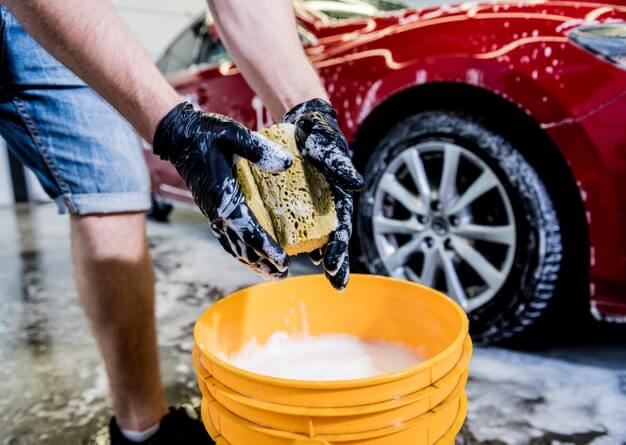
Using just one bucket of water is like putting the dirt back on to your car, which ruins the purpose of cleaning it in the first place. Use two buckets: one for soapy water and the other for rinsing your washcloth before dipping it into the soapy water again.
Following these tips will not only make washing your car a breeze, but you will also make sure that your car looks as good as new for as long as you can.
Read Also :













